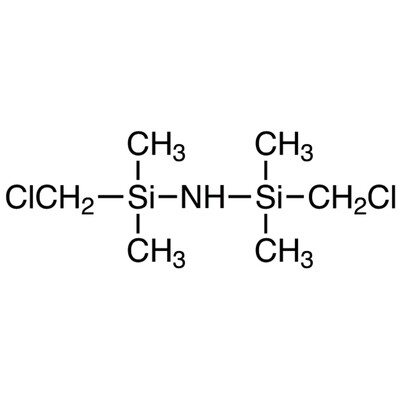Dibutyltin dichloride 98% 250 g
SKU 002167
€ 145,53
In stock
1
Save this product for later
Dibutyltin dichloride 98% 250 g
Product Details
CAS number: 683-18-1
Chemical formulas: (C4H9)2SnCl2/ F.W. 303.83/ m.p. 39-41/ d. 1.36
Cation: Sn
Packaging: 250 g
EAN: 8721028255303
Brand: Laboratoriumdiscounter
Dibutyltin dichloride is a chemical compound used in the production of PVC and as a catalyst in organic synthesis. It is also known for its toxic effects on marine life and has been banned in some countries. Learn more about this controversial chemical and its uses.
When working with Dibutyltin dichloride, it is important to follow proper safety precautions to minimize the risk of accidents or exposure. Here are some short safety instructions to consider: 1. Personal Protective Equipment (PPE): Always wear appropriate PPE, including gloves, safety goggles, and a lab coat or protective clothing, to protect your skin, eyes, and clothing from potential contact with the chemical. 2. Ventilation: Work in a well-ventilated area or use a fume hood to prevent the accumulation of vapors. Dibutyltin dichloride can release toxic fumes when heated or exposed to air, so proper ventilation is crucial. 3. Handling and Storage: Handle the chemical with care, avoiding any spills or splashes. Store it in a tightly sealed container in a cool, dry place away from incompatible substances. Follow any specific storage instructions provided by the manufacturer. 4. Avoid Contact: Avoid direct contact with Dibutyltin dichloride. In case of accidental contact, immediately rinse the affected area with plenty of water and seek medical attention if necessary. 5. Fire Safety: Dibutyltin dichloride is flammable. Keep it away from open flames, sparks, or any potential sources of ignition. Use appropriate fire extinguishing methods, such as carbon dioxide or dry chemical, in case of a fire. 6. Emergency Preparedness: Familiarize yourself with the emergency procedures and location of safety equipment, such as eyewash stations and fire extinguishers, in your work area. In case of an emergency, act quickly and follow the established protocols. 7. Proper Disposal: Dispose of Dibutyltin dichloride and any contaminated materials according to local regulations and guidelines. Do not pour it down the drain or dispose of it in regular trash. Remember, these instructions are not exhaustive, and it is essential to consult the Material Safety Data Sheet (MSDS) or Safety Data Sheet (SDS) provided by the manufacturer for comprehensive safety information.
Please note, not all safety data for this product is available on our website, for a complete list of P en H sentences and other safety instructions please request the MSDS at our customer service
You May Also Like

m-Tolylhydrazine hydrochloride, 98.0%, 500g
m-Tolylhydrazine hydrochloride, 98.0%, 500g
SKU F033721-500G
€ 272,80

Ethyl 4-(butylamino)benzoate, 95.0%, 100g
Ethyl 4-(butylamino)benzoate, 95.0%, 100g
SKU F329816-100G
€ 92,40

2-amino-3-iodo-5-methyl-benzoic acid, 25g
2-amino-3-iodo-5-methyl-benzoic acid, 25g
SKU F874812-25G
€ 498,30

1-HYDROXYHEPT-6-YN-3-ONE, 95.0%, 250mg
1-HYDROXYHEPT-6-YN-3-ONE, 95.0%, 250mg
SKU F514563-250MG
€ 59,40
Powered by Lightspeed
Display prices in:EUR

![(4-Methyl-5-pyridin-4-yl-4 H -[1,2,4]triazol-3-ylsulfanyl)-acetic acid, 1g (4-Methyl-5-pyridin-4-yl-4 H -[1,2,4]triazol-3-ylsulfanyl)-acetic acid, 1g](https://d2j6dbq0eux0bg.cloudfront.net/images/88473019/4763062283.png)






![{[4-(benzyloxy)phenyl]methyl}(propyl)amine, 95.0%, 2g {[4-(benzyloxy)phenyl]methyl}(propyl)amine, 95.0%, 2g](https://d2j6dbq0eux0bg.cloudfront.net/images/88473019/4856235912.png)
